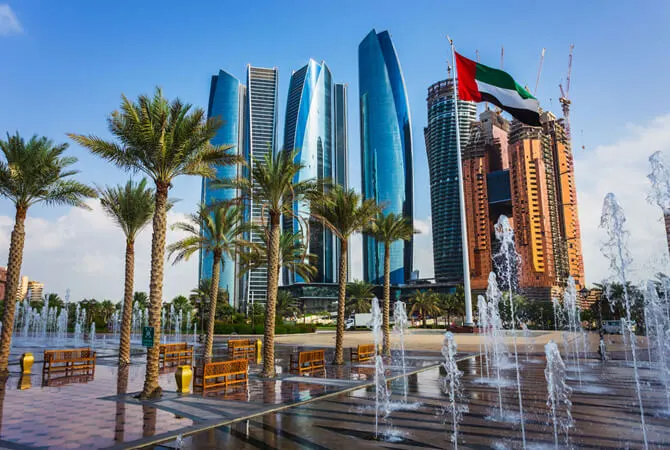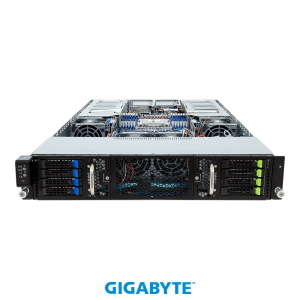Using Technology In Construction Projects

In recent years, technology has revolutionized the construction industry, transforming the way projects are planned, designed, executed, and managed. From advanced software solutions to innovative construction methods, technology is driving efficiency, productivity, and sustainability in construction projects in UAE.
Building information modeling (BIM):
Building information modeling (BIM) is a digital representation of the physical and functional characteristics of a building. BIM software allows architects, engineers, and contractors to create 3D models of buildings, enabling better visualization, coordination, and collaboration throughout the project lifecycle. BIM facilitates clash detection, cost estimation, scheduling, and analysis, leading to improved project outcomes and reduced risk.
Virtual reality (VR) and augmented reality (AR):
Virtual reality (VR) and augmented reality (AR) technologies are being used to enhance design visualization, stakeholder engagement, and construction planning. VR enables users to immerse themselves in virtual environments, allowing for virtual walkthroughs and simulations of construction sites before physical construction begins. AR overlays digital information onto the physical environment, providing real-time data and instructions to workers on-site.
Drones and aerial imaging:
Drones are increasingly being used for aerial surveys, site inspections, and progress monitoring on construction sites. Equipped with high-resolution cameras and sensors, drones can capture detailed images, videos, and data of construction sites, providing valuable insights into site conditions, progress, and safety. Aerial imaging allows for more accurate site mapping, volumetric measurements, and progress tracking, improving project management and decision-making.
Prefabrication and modular construction:
Prefabrication and modular construction techniques utilize technology to prefabricate building components off-site in a controlled environment before assembly on-site. Advanced manufacturing technologies such as robotics, 3D printing, and computer-aided design (CAD) enable the efficient production of prefabricated elements with high precision and quality. Prefabrication reduces construction time, minimizes waste, and enhances safety on-site.
Internet of things (IoT) and sensors:
The Internet of things (IoT) and sensor technologies are transforming construction sites into smart, connected environments. IoT devices and sensors are embedded in equipment, machinery, and building components to collect real-time data on performance, usage, and environmental conditions. This data is analyzed to optimize construction processes, monitor equipment health, and improve safety and productivity on-site.
Project management software solutions streamline project planning, scheduling, communication, and collaboration. These software platforms provide centralized repositories for project documentation, automate workflows, and facilitate real-time communication among project team members. Project management software improves coordination, transparency, and efficiency, enabling projects to be delivered on time and within budget.




